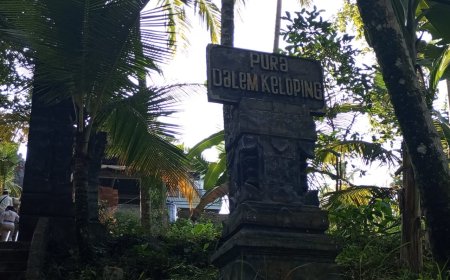Kawitan Puri Agung Dalem Tarukan Temple: Ancestral Heritage and the Early History of Kingdoms in Bali
Kawitan Puri Agung Dalem Tarukan Temple is one of the important sites in the history and culture of Bali. Located in Pejeng Village, Tampaksiring, Gianyar, Bali, this temple not only serves as a place of worship but also as a symbol of ancestral heritage rich in cultural and spiritual values. As one of the sacred sites, Pura Kawitan Puri Agung Dalem Tarukan remains a place of worship where its historical significance is still felt today.
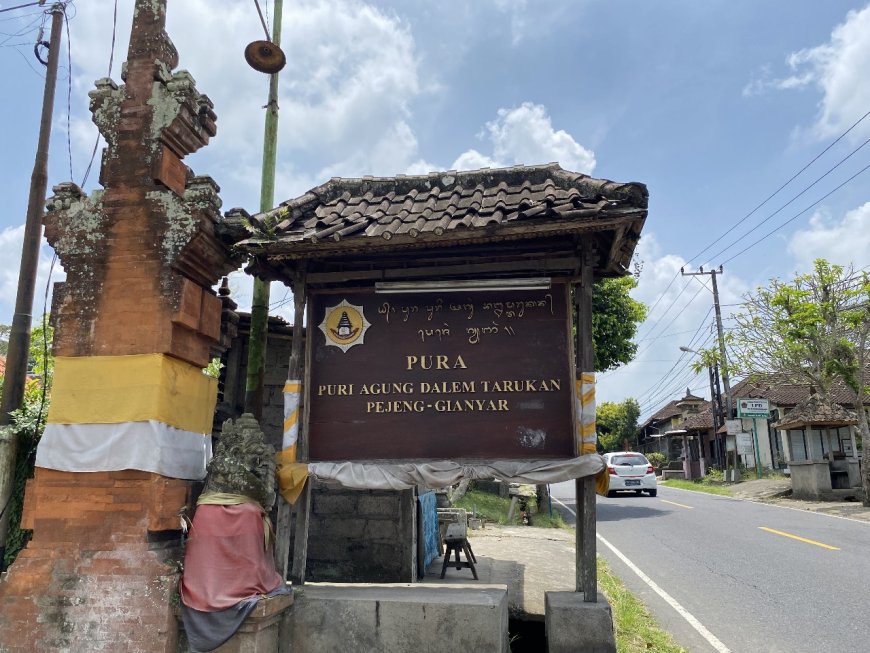
Kawitan Puri Agung Dalem Tarukan temple, located in Pejeng Village, Gianyar, is one of the temples with a strong connection to the history of Ida Dalem Tarukan, a key figure in the history of Bali's kingdoms. This temple serves as the main place of worship for the descendants of Dalem Tarukan and the surrounding community. Therefore, most of the worshippers (pemedek) who pray at this temple are generally related by kinship or are descendants of Dalem Tarukan.
History of Ida Dalem Tarukan and Kawitan Puri Agung Dalem Tarukan Temple
The establishment of Kawitan Puri Agung Dalem Tarukan Temple cannot be separated from the early development of Bali's kingdoms. The temple, situated in an area rich in history and culture, was built to worship and honor the ancestors, especially Ida Dalem Tarukan, who is regarded as a protector of the people. According to ancient manuscripts and oral tradition, the temple was founded during the reign of King Dalem Tarukan as a tribute to the ancestors, believed to have played an important role in shaping Bali's social and political structure.
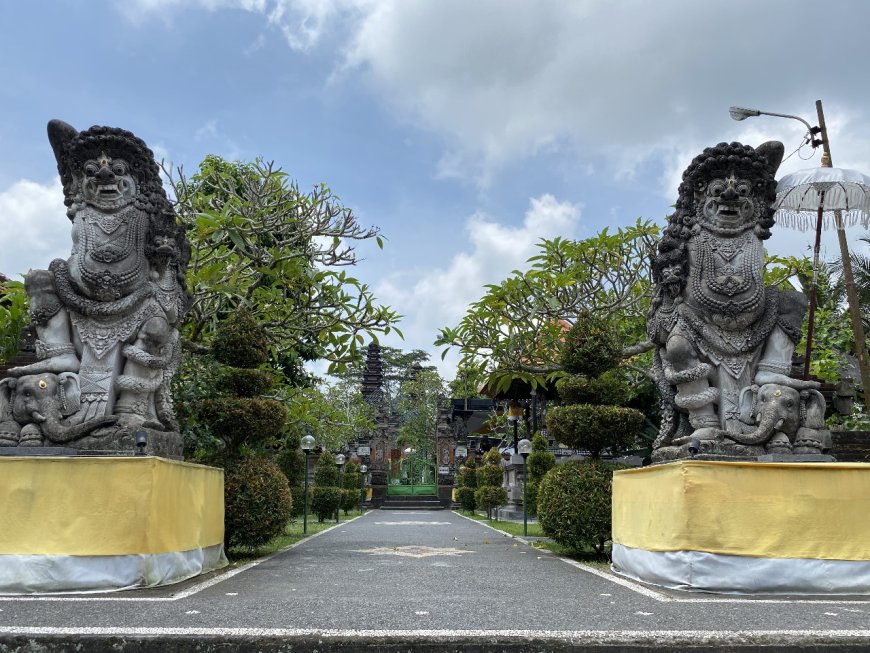
Kawitan Puri Agung Dalem Tarukan Temple (Photo Source : Private Collection)
Based on the Babad Dalem Tarukan, Ida Dalem Tarukan was one of the sons of Sri Aji Dalem Kresna Kepakisan, the king who ruled Bali around the 13th century and resided in Puri Samprangan, Gianyar. Ida Dalem Tarukan had four siblings:
- Dalem Agra Samprangan,
- Dalem Ketut Ngulesir,
- Dewa Ayu Swabawa,
- I Dewa Tegal Besung.
Upon reaching adulthood, Ida Dalem Tarukan built a palace in Tarukan, Pejeng, Gianyar, and began his life with his wife. One notable story in the history of Ida Dalem Tarukan involves Rakriyan Kuda Pinandang Kajar, an adopted son of Dalem Blambangan, who recovered from a severe illness after being promised by Ida Dalem Tarukan that he would marry Dewa Ayu Muter, the daughter of Dalem Samprangan.
This incident sparked the anger of Dalem Agra Samprangan, who sent a large army to attack Puri Agung Dalem Tarukan. To avoid a civil war, Ida Dalem Tarukan decided to flee. He sought refuge in various mountain villages, including Taro Village in Gianyar, before finally settling in Pulasari Village, Tembuku, Bangli.
Philosophical Meaning of Kawitan Puri Agung Dalem Tarukan Temple
Kawitan Puri Agung Dalem Tarukan Temple embodies deep philosophical values. It reflects the harmonious relationship between humans, nature, and God, known as the concept of Tri Hita Karana. The temple’s presence also symbolizes the importance of the connection between past and present generations.
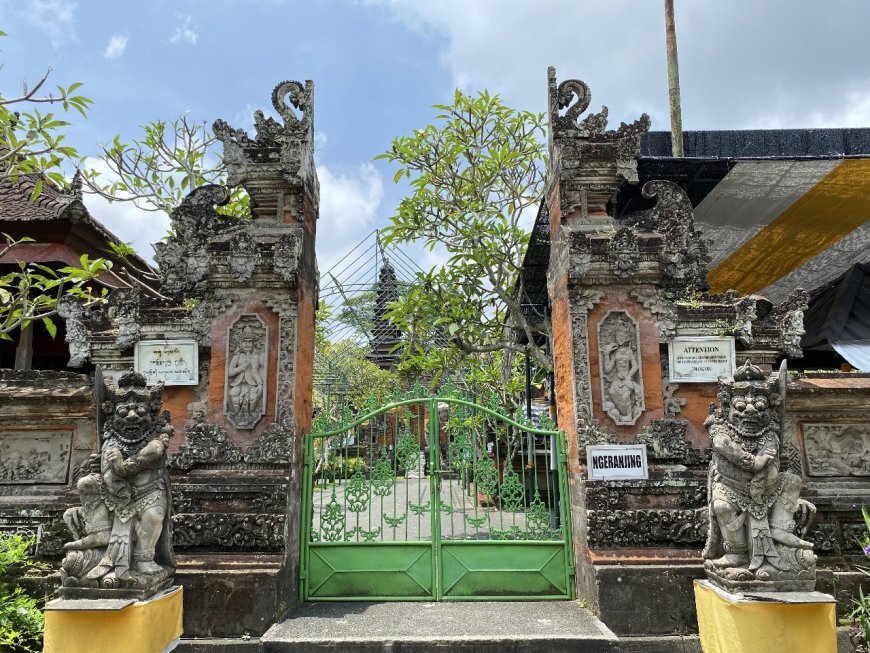
Ngeranjing of Kawitan Puri Agung Dalem Tarukan Temple (Photo Source : Private Collection)
More than just a place of worship, Kawitan Puri Agung Dalem Tarukan Temple is also a symbol of respect for the ancestors who contributed to the development of civilization in Bali. The term Kawitan, which means origin or ancestor, is central to the worship at this temple. Every ceremony conducted at the temple is an expression of gratitude and respect to the ancestors who are believed to provide blessings and protection.
Unique Aspects of Kawitan Puri Agung Dalem Tarukan Temple
One of the unique features of Kawitan Puri Agung Dalem Tarukan Temple is the presence of a wooden horse statue. This statue was made to honor King Dalem Tarukan’s beloved horse named Ki Gagak Gore. During the temple’s renovation and expansion in 1968, a gedogan jaran (horse stable) was discovered, reinforcing the story of the king’s horse.
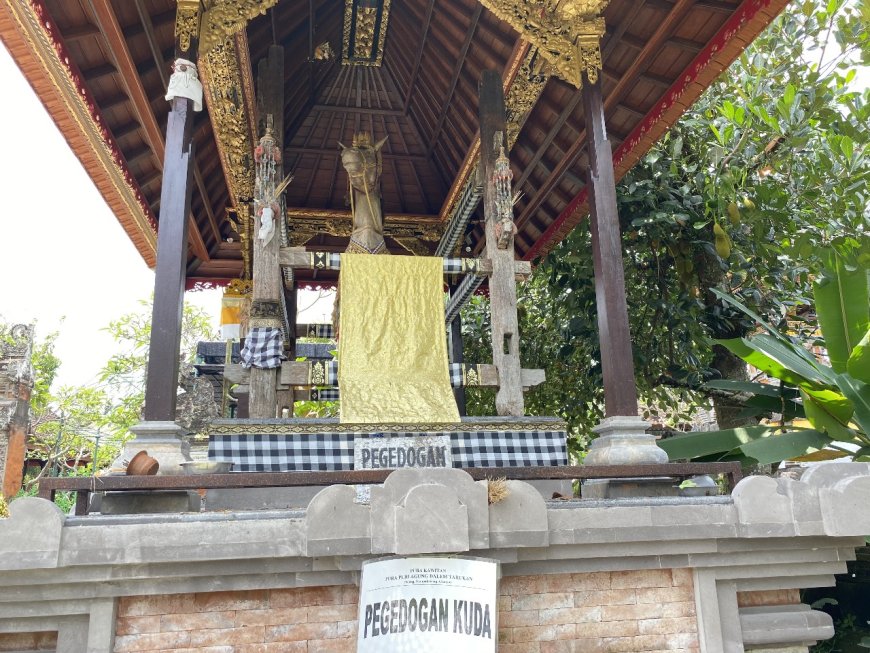
Horse Statue Ki Gagak Gore (Photo Source : Private Collection)
This discovery led to the idea of creating a horse statue complete with a shrine (palinggih) as a tribute to the king and his legendary horse. The horse statue carries rich, multi-layered meanings. In addition to being a symbol of power and respect, it is also an important part of Bali’s history and culture.
Pujawali at Kawitan Puri Agung Dalem Tarukan Temple
The Pujawali at Pura Kawitan Puri Agung Dalem Tarukan falls on Buda Umanis Wuku Perangbakat. This sacred ceremony is held every six months according to the Balinese calendar, or every 210 days, and lasts for five days. Preparations for the Pujawali begin several days in advance, starting with the "nanceb" and "macaru" ceremonies. During the Pujawali, the temple guardians, known as Gotra Sentana Dalem Tarukan (PGSDT) from various parts of Gianyar, take turns preparing for the event.
Kawitan Puri Agung Dalem Tarukan Temple stands as a living symbol of ancestral heritage amidst the Balinese community today. With its long history and significant role, the temple is a testament to Bali’s richness—not only in its natural beauty but also in its invaluable cultural and spiritual wealth.



















































